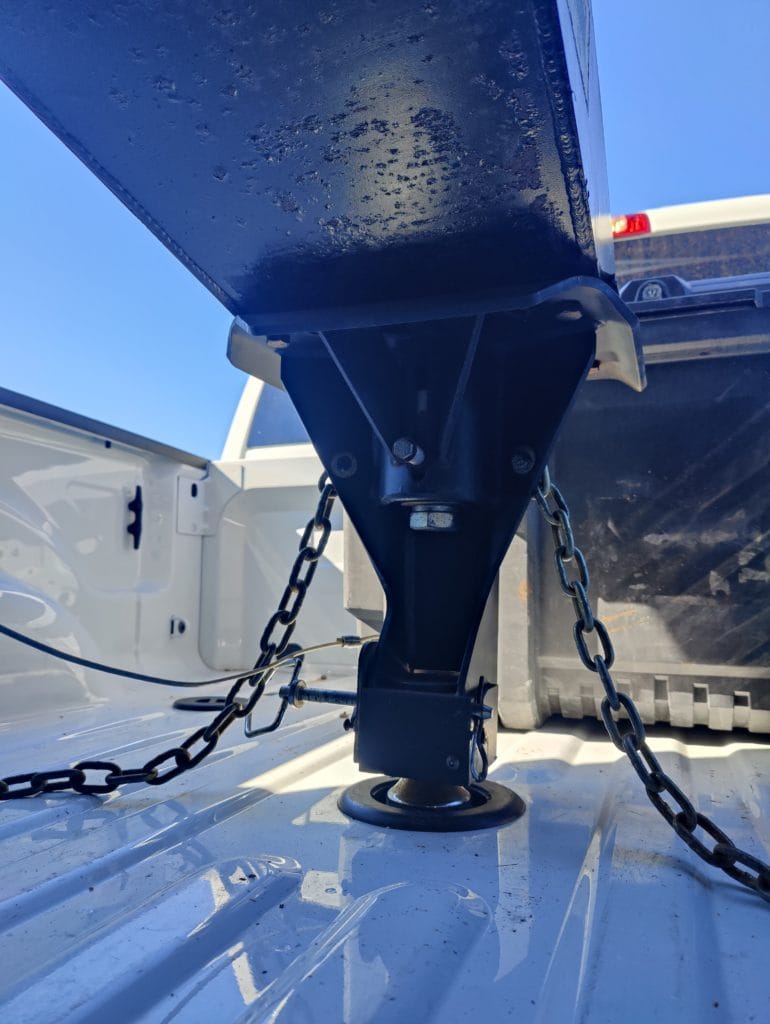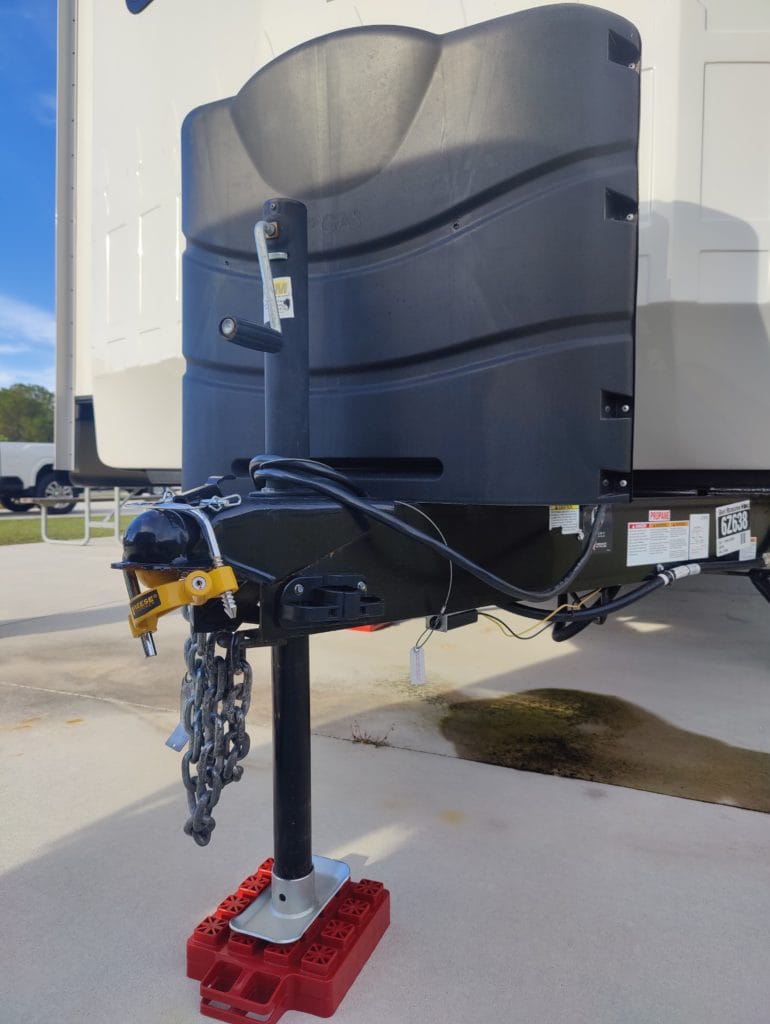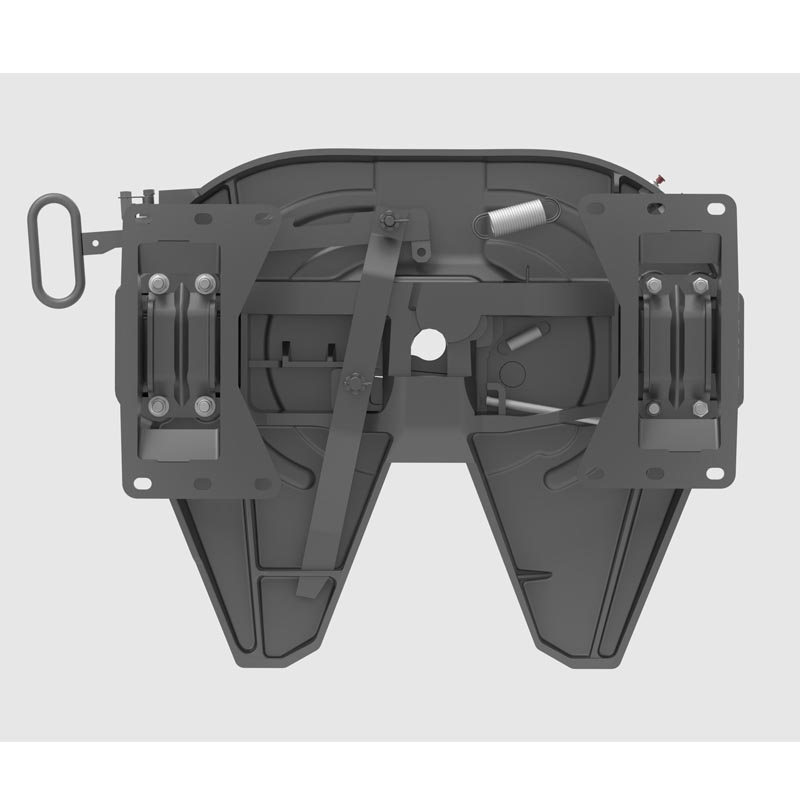
- umAfrika
- Albanian
- Amharic
- IsiArabhu
- Armenian
- IsiAzerbaijani
- Basque
- IsiBhelarushiyen
- Bengali
- Bosnian
- Bulgarian
- isiKhathalan
- Cebuano
- eTshayina
- iTshayina (eTaiwan)
- isiKhorsikhen
- Croatian
- Czech
- Danish
- IsiDatshi
- IsiNgesi
- isiEsperanto
- Estonian
- Finnish
- IsiFrentshi
- IsiFrisian
- Galician
- Georgian
- IsiJamani
- IsiGrike
- Gujarati
- isiKriyoli saseHayiti
- Hausa
- isiHawayi
- IsiHebhere
- Hayi
- Miao
- Hungarian
- Iceland
- igbo
- Indonesian
- Irish
- IsiTaliyani
- IsiJaphani
- Javanese
- Kannada
- isiKazakh
- Khmer
- isiRwanda
- Korean
- isiKhudish
- isiKyrgyz
- Umsebenzi
- isiLatini
- Latvian
- isiLithuwaniya
- isiLuksembogu
- Mecedonian
- IsiMalagasy
- Malay
- Malayalam
- Maltese
- isiMawori
- Marathi
- isiMongoliya
- Miyanimar
- Nepali
- Norwegian
- Norwegian
- Occitan
- isiPhashto
- Persian
- Polish
- IsiPhuthukezi
- isiPhunjabi
- Romanian
- IsiRashiya
- isiSamoa
- IsiGaelic saseScottish
- isiSebhiya
- IsiNgesi
- IsiShona
- Sindhi
- IsiSinhala
- Slovak
- Slovenian
- isiSomali
- Spanish
- IsiSundanese
- Swahili
- Swedish
- Tagolog
- IsiTajik
- Tamil
- IsiTatar
- Telugu
- IsiThai
- IsiTurkey
- isiTurkmen
- Isi-Ukraine
- IsiUrdu
- IsiUighur
- IsiUzbek
- IsiVietnamese
- IsiWelsh
- Nceda
- Yiddish
- IsiYoruba
Epreli 24, 2024 11:22 Buyela kuluhlu
ISIKHOKELO SAKHO EKUTSWENI AN RV yesihlanu ivili coupler
According to a report by the RV Industry Association, more than 11 million households in the United States now own an RV. And if you are interested in joining the ranks of RV owners—especially if you’re looking to buy a travel trailer or ivili lesihlanu—it’s important to know exactly what towing an RV will entail.
Here we’ve put together a helpful guide that aims to answer all of your towing questions. This covers everything from choosing the right tow vehicle to understanding towing capacity to knowing the different hitches. Our goal is not only to educate but to help you feel confident and comfortable when pulling an RV behind you.
Umgangatho ophezulu JSK ephosa ivili lesihlanu 37C
UKUKHETHA OKUFANELEKILEYO ISITHUTHI
We highly recommend choosing your RV before buying your tow vehicle. This way you’ll know exactly how much your RV weighs before you figure out how much weight your tow vehicle will need to pull. When figuring out how much your RV weighs, be sure to ask your dealer about both the dry hitch weight (how much the RV weighs when it is empty) and the cargo carrying capacity (the maximum amount of weight you can add to your RV). On average, your RV will weigh 1,500 pounds more once it’s been filled with water, gas and gear.
Once you know your RV’s total weight, then you can look to find a tow vehicle that matches it. If possible, opt to have a tow package added to your RV so you can maximize your towing capacity. If you already have a vehicle that you plan to use to tow your RV, make sure you buy an RV that doesn’t exceed the weight limit that your current vehicle can pull. This is where you’ll need to understand your vehicle’s towing capacity.
UKUTHOLAKALA
Towing capacity is the maximum amount of weight your vehicle can tow when pulling your RV. This number lets you know exactly how heavy your trailer can be. If you don’t know your towing capacity and try to pull a trailer that is too heavy, you could end up in a very dangerous situation so it’s vital to know your tow vehicle’s limits.
To determine maximum towing capacity, you’ll need to find out the vehicle manufacturer's weight ratings and compare them to the weight of your RV. You can usually find your vehicle’s weight rating on the inside of the driver door or in the owner’s manual. If the vehicle's ratings are higher than the total weight of the RV, then the RV is safe to tow.
Another good number to know is the Gross Combined Weight Rating (GCWR). This number is established by the vehicle’s manufacturer and represents the maximum weight the vehicle can handle with an RV attached. The GCWR takes into consideration the weight of the vehicle’s axles, wheels, suspension system, and frame, as well as the weight of the RV. You can also find the GCWR in your owner’s manual, or you can call your dealer or vehicle manufacturer and give them your VIN number and they should be able to tell you the specific GCWR.
IZIQULATHO
In addition to towing capacity, you’ll also need to understand the different types of RV hitches. Whatever hitch you choose is heavily dependent on the type of RV you purchase, so we’ve listed three basic hitch types and their corresponding RV types here.
IBHISHI LESIHLANU LEVIVI:
This hitch is specifically used for towing fifth wheels. It is installed inside the bed of a truck and sits above the bed of the trailer. The trailer then attaches to the truck with a kingpin mechanism. These hitches are able to handle a lot of weight (anywhere from 16,000 to 30,000 pounds) due to the fact that the fifth wheel’s weight is pressing down directly over the rear axle of the truck.
I-GOOSENECK HITCH:
Olu lolunye ukhetho lokubetha kwivili lesihlanu kodwa kunokuba usebenzise i-kingpin, le nkqubo yokubetha isebenzisa ibhola kunye ne-coupler. Abanye abantu bakhetha ukubetha i-gooseneck kuba bathatha indawo encinci kumandlalo welori kwaye banokutsala ubunzima obuninzi kunokubetha kwevili lesihlanu (30,000 pounds). Iihitshi zeGooseneck zilungile kumavili esihlanu anzima, njengezinto zokudlala ezinkulu.

Ukuvala i-gooseneck hitch, esebenzisa ibhola kunye ne-coupler mechanism, ibanjwe kumandlalo welori.
I-HITCH YOKUSABISWA KOBUZINDO:
Le nkqubo yehitch isetyenziswa kakhulu kwiitreyila zokuhamba ezinzima (ukuya kuthi ga kwi-15,000 pounds) kwaye ikuvumela ukuba utsale umthamo omkhulu. Ngokungafaniyo ne-standard bumper hitch apho bonke ubunzima betreyila buhlala ngasemva kwesithuthi sokutsala, i-hitch yokusabalalisa ubunzima isasaza ubunzima bolwimi kuzo zonke ii-axles. Unokusebenzisa le hitch kunye neyunithi yokulawula i-sway ukunceda ukunciphisa i-sway ngelixa uqhuba.
UMGANGATHO WEBHUMPER:
Ikwabizwa ngokuba yi-hitch ethwele ubunzima okanye engekhoyo, le nkqubo yehitch isetyenziswa ikakhulu kwiitreyila ezincinci zokuhamba (3,500 pounds). Njenge-gooseneck hitch, le nkqubo ikwasebenzisa ibhola kunye ne-coupler, kunye nobunzima betreyila buphumle ngqo kwi-bumper yesithuthi sakho sokutsala. Kukho iindlela ezimbini ezisisiseko zokubetha kwebhampa eziqhelekileyo: a drawbar esisigxina, apho iqonga lebhola limiselwe ngokusisigxina kwi-hitch; kunye a I-drawbar esuswayo, apho iqonga lebhola lingathathwa kwaye licinywe.

Ihitshi yetreyila yokuhamba, edla ngokubizwa ngokuba yi-standard bumper hitch, ethe yaqhawulwa kwisithuthi sokutsala yaza yafakelwa iibhloko zomgangatho.
IZISEKO ZOKUQHUBA NGEXESHA UTHWALA I-RV YAKHO
Ngoku ekubeni unokuqonda okungcono malunga nendlela yokudibanisa kunye nokulawula ubunzima, nazi iingcebiso ezikhawulezayo zokuqhuba iRV yakho.
When towing an RV, keep in mind that you have a lot of extra weight and it’s much harder to slow down. Plus, half the joy of RVing is in the journey so enjoy the drive and focus on getting to your destination safely rather than quickly.
Make sure you maintain some extra distance between you and the car in front of you. It’s much harder to stop quickly with all of the extra weight behind you.
Isitshixo sokujika ngetreyila kukuyithatha kancinci kwaye uyithathe ibe banzi. Udinga ukushiya indawo eyaneleyo yokuba iRV yakho ilandele ngasemva ngaphandle kokubetha i-curb. Kwaye khumbula ukuba ixesha elide itreyila, kokukhona uya kuba banzi ukuba uthabathe ijiko.
A good tip for reversing is to put your hand at the bottom of your steering wheel—this way your RV will move in the same direction as your hand. If you move your hand to the left, the rear end of the trailer will go left. If you move your hand to the right, the rear end will go right. Take your time and don’t exaggerate any of your turning motions. Quick turns while reversing can cause your travel trailer to jackknife and damage both your RV and your tow vehicle.
When reversing with a fifth wheel, use the same steering wheel tip as a travel trailer—place a hand at the bottom of the steering wheel and move the steering wheel in the direction that you want the fifth wheel to turn. If you’re backing into a spot, try to angle the fifth wheel away from the driver’s side to keep your visibility clear. We also highly recommend using a spotter any time you reverse a fifth wheel. Have a pair of walkie talkies handy so the spotter can clearly communicate with the driver and help direct. A back-up camera is also helpful and can easily be installed if your fifth wheel doesn’t already have one.
IMIBUZO ONOKUYIBUZA Umthengisi weRV YAKHO
- If you already have a tow vehicle, your first question for the dealer should be if your vehicle can actually handle the RV you are considering. Be clear about your tow vehicle's weight ratings and GCWR. Ideally, your dealer should show you different RV models that will put you below your vehicle’s towing capacity to give you some extra flexibility and assurance.
- Okwesibini, khangela kwaye ubone ukuba umthengisi wakho unikezela nayiphi na iphakheji eyongezelelweyo okanye ekhethekileyo. Ukuba benza njalo, buza ukuba kukho umrhumo wofakelo kunye nokuba ukufakela kuya kuthatha ixesha elingakanani.
- Emva koko, cela ukuba umthengisi wakho angathanda ukuqhagamshela i-RV kwisithuthi sakho sokutsala. Ngale ndlela unokufunda indlela yokwenza ngokwakho kwaye unokuqinisekisa ukuba imiqondiso yakho yokujika kunye nezibane zebrake zidityaniswe ngokufanelekileyo neRV.
- Kwaye okokugqibela, cela umthengisi wakho akubonise apho sikhoyo isincamathelisi solwazi lobunzima betreyila. Esi sincamathelisi kufuneka sibe namanani amathathu kuso: IGross Vehicle Weight Rating (GVWR), obona bunzima buphezulu iRV yakho enokuba yiyo xa ilayishwe ngokupheleleyo; Ubunzima beVehicle (UVW), obubunzima beRV ngqo kumenzi; kunye neGross Axle Weight Rating (GAWR), eyona bunzima bobunzima obunokubekwa kwii-asi zesithuthi.
Siyathemba ukuba esi sikhokelo siya kukunceda uzive uqinisekile malunga nokutsala iRV. Ukuba uxhobile ngolwazi oluchanekileyo kwaye uyazi ukuba yeyiphi imibuzo onokuyibuza, ukufumana itreyila egqibeleleyo kulula kunokuba ucinga. Ngaphandle koko, akukho nto ingcono kunokuba ukwazi ukuzisa ikhaya lakho kunye nokukhwela.
-
jost-fifth-wheel-weight-capacity-explained
IindabaAug.23,2025
-
preventing-rust-on-fifth-wheel-plates-for-semi-trucks
IindabaAug.23,2025
-
light-weight-fifth-wheel-tire-care-guide
IindabaAug.23,2025
-
why-off-road-trailers-need-a-heavy-duty-fifth-wheel
IindabaAug.23,2025
-
step-by-step-guide-to-lubricating-holland-5th-wheel-parts
IindabaAug.23,2025
-
how-jost-fifth-wheels-enhance-trailer-stability
IindabaAug.23,2025
